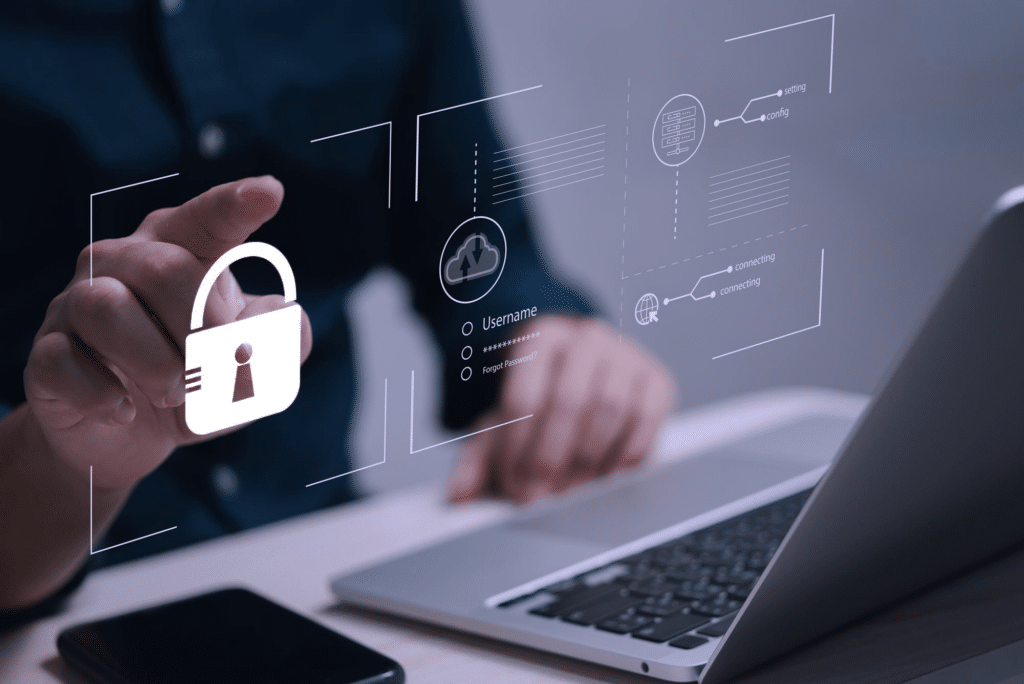Cybersecurity isn’t just a buzzword nowadays—it’s a critical thing for almost any business on the market. While many leaders invest in cybersecurity tools, they often ignore another important thing—time. Time tracking for cybersecurity can be a game-changer for lots of firms. It can assist in detecting incidents efficiently, while also helping detect threats ahead of time.
In this guide, we’ll explore the role of time tracking in cybersecurity—and how you can use a time tracker to boost your defenses.
Why cybersecurity needs more than technology tools
While cybersecurity tools are important, they cannot cover every aspect of your defenses. The main cause for this is the human element in cyber vulnerabilities. For example, software has a hard time stopping social engineering attacks.
Fortunately, these can be relatively straightforward to catch ahead of time with time-tracking apps. By tracking what apps and websites your employees use, you can detect potentially dangerous ones. In fact, this tracking feature can even be useful in identifying where a cyberattack originated from.
Enhancing cybersecurity with time tracking: incident response
When a cyber incident occurs, every second counts. Time tracking can enhance your incident response by helping you identify the origin of an attack quickly. You may even use the tracker to measure how long it takes for your team to detect and deal with the issue. This data can be invaluable for improving your security processes—ensuring that your team is ready for future threats.
Identifying the origin of an attack with app and website usage monitoring
Many high-quality time trackers offer app and website usage monitoring features. These will let you see what platforms your employees are using while they work. As mentioned previously, this data is invaluable in identifying where a cyberattack originated. You’ll then know where you can contain it from—and where to analyze the impacts of the incident.
Measuring response times to improve processes
While an incident is ongoing, time tracking software can measure how long it takes your team to detect and deal with it. An app with even more monitoring features can help you analyze how exactly the issue was solved. This will uncover any inefficiencies in your processes, which you should then improve. Doing so will ensure that your business can protect itself from future threats.

Enhancing cybersecurity with a time tracker: ongoing efforts
Responding to active security breaches effectively is critical. But, ensuring your organization is protected from them in the first place is just as important.
Auditing used apps and websites
Tracking what apps and websites your team uses while they work can be quite important, especially when integrating a self-hosted password manager to enhance security. Using such functionality with a time tracker, you’ll be able to detect suspicious platforms. You can then set up your firewall and antivirus software to block them completely. Tracking app and website usage will also help you identify which of your employees might need training on security best practices.
Educating employees on potential threats
A popular use case for time tracking is to free up time for your team. Doing so will let you allocate some time to education, which can be critical for your cybersecurity efforts. You should ensure that your team is well aware of all the potential threats your business could face. They should pay attention to your company’s security weak points, helping you improve your defenses.
Allocating appropriate resources to cybersecurity teams
Managing your team’s time with a time tracker will let you spend company resources efficiently. As a result, you’ll have more time and money to fund your cybersecurity team. You may choose to expand this department, purchase more advanced tools, or produce more educational resources. All these options will protect your business from bad actors.
Simplifying and enhancing compliance reporting
High-quality time trackers, like WebWork, use your team’s data to generate detailed reports. While you can use these to track important productivity metrics, they can also be useful in your compliance efforts. For example, let’s assume your business manages lots of customer data. You can instill confidence in your clients by showing them how much time you spend on cybersecurity. Presenting other data, like budgeting info, can further help you with compliance reporting.
Choosing the best time tracker for your cybersecurity efforts
Before wrapping up, let’s explore what you should prioritize when picking a time tracker to enhance your cyber defenses.
App and website monitoring
As mentioned before, app and website monitoring can be vital for detecting where an attack came from. Consequently, you should choose a time tracker with high-quality platform usage tracking. Using an app that allows you to see active window titles, like WebWork, will give you even more information. This might be useful when reporting an incident to your customers or local authorities.
Additional tracking functionality
Many time tracking programs monitor various productivity metrics in your team. You can use this info to verify key data, especially when analyzing the events of an attack. For example, you may use activity level tracking to check whether an employee opened a malicious program—or if the app started on its own.
IP address whitelisting
IP address whitelisting can be especially helpful if you use features like task and project management in your time tracker. In such cases, you might have sensitive info in your tracker’s dashboard. So, it’s important to ensure no one outside of your organization has access to it—or the data within it.
Final thoughts
While the main use of time trackers is improving productivity, they can also be vital in enhancing your cyber defenses. They can help boost your security with insights into your team’s efficiency, as well as by identifying potential vulnerabilities. It’s a simple yet powerful tool that can make a big difference in your cybersecurity strategy—if used to its full potential.

